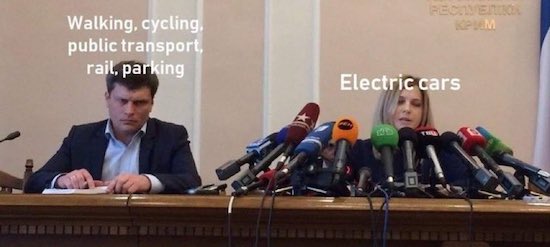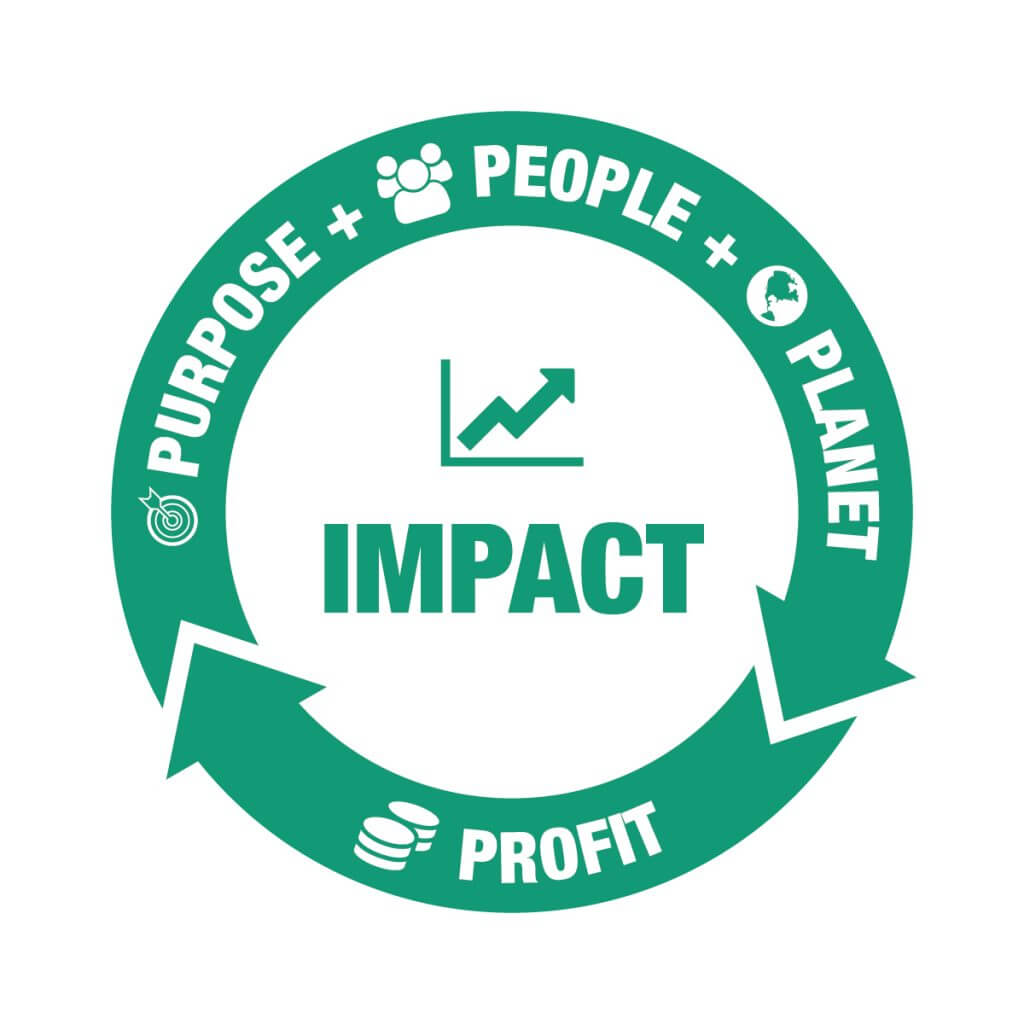
WIth Cop26 in the forefront right now, recently I joined a Tortoise ThinkIn on the Cop 26 “Transport Day” that was titled “Too slow, too many cars“. “Great!”, I thought, it will talk about the need to reduce car journeys and so car use, ownership, emissions and more. Ooops, not quite, the full title was “Too slow, too many cars – – can we change the electrification roadmap?“. Now, I love Tortoise and their ThinkIns, as they encourage diverse views and learning from each other. However, this one was not only a panel made up predominantly of people in the motor industry, but it was even sponsored by PoleStar, a company that only makes electric cars, and, what is more, luxury SUVs weighing over 2 tonnes capable of accelerating that massive bulk from 0-60mph in 4.5 seconds. Hey, it was so skewed that the previous job of the representative on the panel from the motor industry body was PR for Bentley!
In short, the agenda of the panel was “what’s best for the motor industry”, and specifically, “how can we lobby to accelerate the change to electric cars”. What is more, though Cop26 was (on the surface) all about radical reduction in carbon emissions, nothing at Cop26 was said about anything other than electric vehicles (hence the image above).
Before I go on, their “spin” jargon is amazing. “EVs” is one term, and now they talk about “ICE” for Internal Combustion Engine vehicles. Those terms sound so much “cooler” than simply “cars”, or “vans”, “trucks” etc. Oh, and the best one is “individual transportation”. This is code for “owning a car you can use anytime you feel like it”, it does not mean alternatives such as buses, trains, cycling, walking, scooters etc.
Ok, you can see my frustration. I do own a car, and I do look to avoid using it as much as I can, choosing wherever I can to take public transport, including where it is a) more expensive, and b) takes more time. I sacrifice convenience as it matters to me that I make less of an impact on the environment. I do recognise that others have their own reasons to use cars, there are many valid reasons, simply that I choose to reduce my car use.
This then leads me to the title of this post, “What’s best for….?“
As a coach and sounding board to leaders, whilst I do have my own opinions (as above!), my role is all about listening. Specifically, it is about listening for context. One way of putting that is to consider what comes after: “What’s best for….?”, ie what level of context one is operating from, whether personal, a business, or perhaps the planet?
Using the context of car use, if I want to get somewhere and get there most quickly, conveniently, comfortably, inexpensively by car, then choosing to use the car is “what’s best for.. me”. Any classical economist will tell you that a “rational actor” acts in a way to maximise their own self-interest. Empathy for others is key in leadership, so often this starts with understanding what drives us and what drives other people. They have their own “what’s best for me” in their mind.
Now take it into a business. If you lead a business and have two department heads who are disagreeing on a decision, often that one is because “What’s best for” one department is not what’s best for the other department. In this situation, typically the answer to such disagreements is to first lift the context to a key one, of “what’s best for the business?”. Once aligned on that (between you and your two department heads), you can then ask them to drop the context down to their own departments and seek to find a solution that remains “what’s best for the business”.
Finally, back to the environment. I’m 56, and as recently as 20 years ago, as a business leader, I would not have given too much thought to factor in the impact on the environment of any business I ran. However, that has radically changed. Increasingly leaders must start the “what’s best for…?” conversation at a level of “what’s best for the planet?” and then drop the context back down to then see what, given that context of our planet, is then best for their business. The same applies to leading from purpose, including another area of core focus, of Equity, Diversity and Inclusion (EDI).
I see this sea change in leadership as being a huge positive for business, so that “what’s best for the planet” and “what’s best for people” are intertwined with “what’s best for the business”. I captured this in a simple visual model a few years ago and, in closing, if you are a business or organisational leader seeking to do more and be more as you lead your business, including aligning your business to multiple levels of “what’s best for..?”, book a call with me, I’m here to listen.

